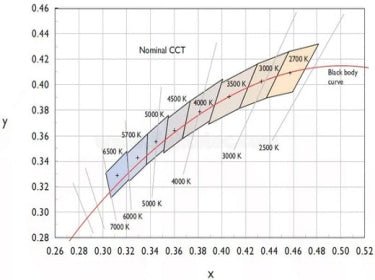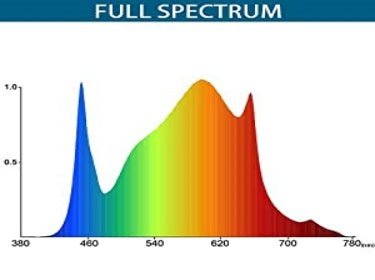LED lighting technology has come a long way in recent years, providing impressive efficiency and cost-effectiveness. The highest luminous efficacy that can currently be achieved with LEDs is approximately 300 lm/W.
However, the luminous efficacy of LED lighting products currently available on the market varies widely. Some products have a luminous efficacy of only 50 lm/W, while others can achieve efficacies of over 150 lm/W. The cost difference between LED lights with different luminous efficacies can vary, but in general, LED lights with higher efficacies tend to have a higher upfront cost. However, these higher-efficacy LED lights may also have a lower operating cost due to their increased energy efficiency. As a result, the total cost of ownership may be lower for LED lights with higher efficacies, even if the upfront cost is higher.
The luminous efficacy of a particular LED lighting product will depend on a variety of factors, including the quality of the materials used in the LED chip, the design of the LED package, and the overall design of the lighting system.
One of the key factors in achieving high luminous efficacy is the use of high-quality materials in the LED chip. These materials, such as sapphire, silicon carbide, and gallium nitride, have a higher thermal conductivity and electron mobility, which allows for more efficient energy conversion and higher luminous efficacy.
In addition to the materials used, the design of the LED package also plays a role in determining the efficiency of an LED light source. The package should be designed to minimize the amount of heat generated, as excess heat can reduce the efficiency of the LED.
Finally, the overall design of the lighting system is important in achieving high luminous efficacy. The system should be designed to minimize the amount of energy lost due to heat dissipation and other factors.
In summary, the highest luminous efficacy currently achievable with LED lighting technology is around 300 lm/W. This is achieved through the use of high-quality materials in the LED chip, an efficient LED package design, and an overall design that minimizes energy loss.



